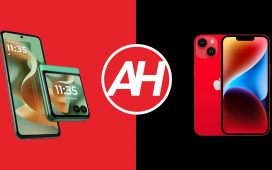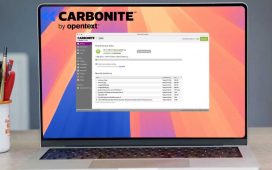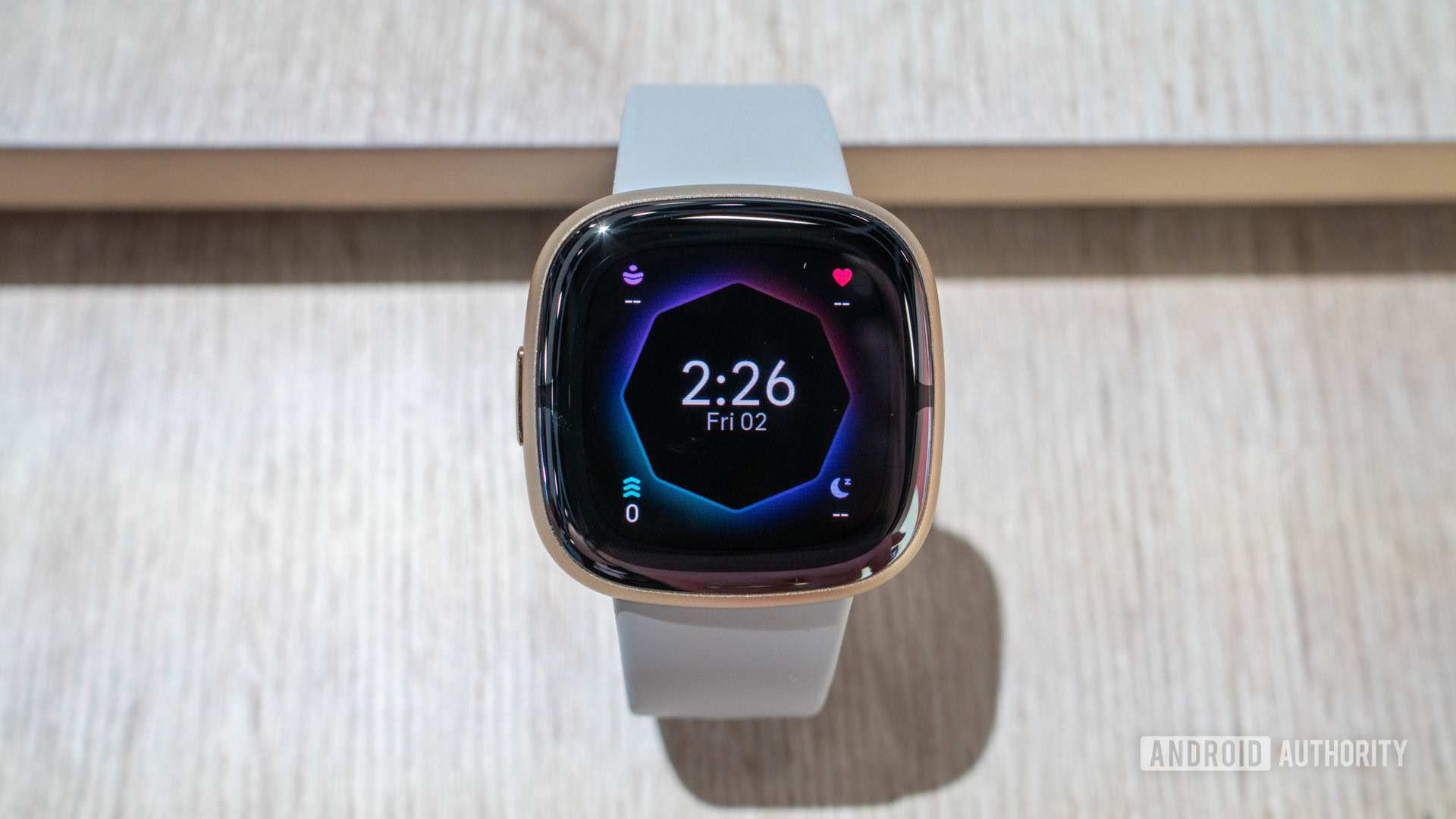
Kris Carlon / Android Authority
Fitbit Sense 2
In 2020, Fitbit launched the Sense, its first fitness tracker that came close to being a bona fide smartwatch. Although it was a souped-up tracker on launch day, Fitbit slowly upgraded it over time, adding features like Google Assistant support and a small but effective list of third-party apps. By 2021, it was a smartwatch, through and through.
I adopted the Fitbit Sense as my daily driver at launch and had it on my wrist every day for over three years. I absolutely loved it. Depending on my choices for watch settings, I could get as much as a week of battery life out of it. It tracked all my health metrics accurately, delivered all my smartphone notifications silently to my wrist, heard all my “OK Google” commands, and even had a Starbucks app for me to earn rewards when buying a cup of tea. I knew it wasn’t as powerful and versatile as a “real” smartwatch, but it did everything I wanted in a discreet and light form factor and only needed to be charged for a few minutes a day to last basically forever.
In 2021, Google finalized its purchase of Fitbit. By 2022, with the launch of the Fitbit Sense 2, Fitbit was a Google company. You can imagine my disappointment when I learned that half of the things that made the original Sense so good — including Google Assistant, third-party app support, music controls, and even Wi-Fi support, if you can believe it — were removed from the Sense 2. It was one of those rare occasions in the consumer tech world where a sequel to a product was objectively worse than the product it replaced.
I loved the Fitbit Sense so much, but Google saw it as a threat more than anything else.
At the time, I speculated that Google forced these decisions onto the newly acquired Fitbit to make room for the original Pixel Watch, which launched later that same year. In August 2024, Google essentially confirmed that Fitbit would no longer make smartwatches. Then, earlier this month, we heard news that Fitbit is ceasing Google Assistant support for the original Sense (and Versa 3). The writing is on the wall, now: Google has killed the future of the Sense/Versa lines, and is slowly dismantling what remains.
I can’t help but conclude that all this is due to Google knowing it couldn’t make a Pixel Watch as good as the original Sense, so it is killing the line instead of trying harder to compete. It’s a sad outcome for a product that was so adored.
The Pixel Watch 3 is good, but the original Sense could still compete
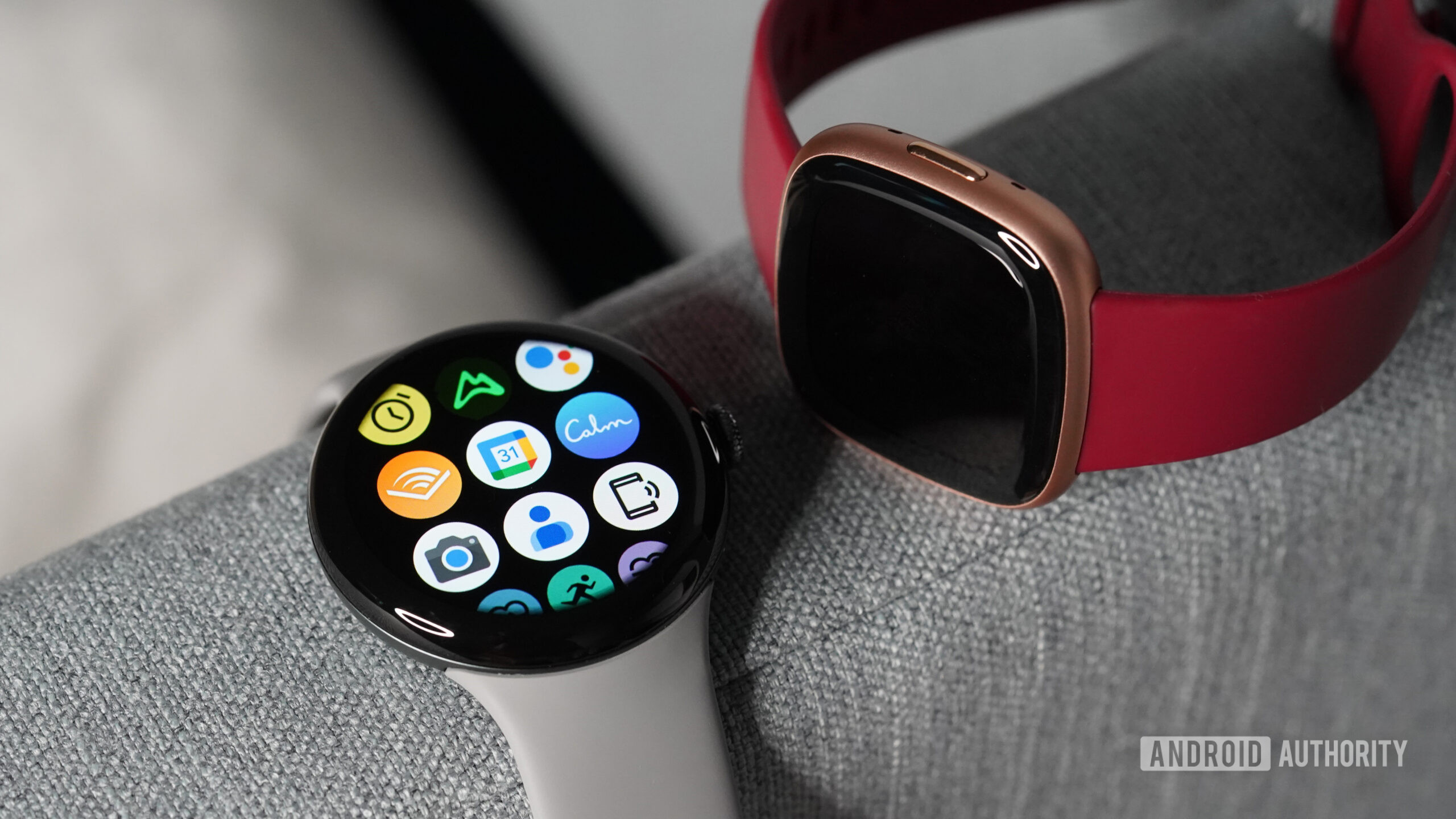
Kaitlyn Cimino / Android Authority
I’ll fully admit that I have moved on from the original Sense and am now rocking a Google Pixel Watch 3 (the 45mm variant) as my daily smartwatch. I love and recommend it to anyone, especially if you own a Pixel smartphone. The Pixel Watch 3 is powerful, versatile, does all the health tracking that the Sense and Sense 2 did, and offers more features since it has a far more robust library of apps.
I can also admit that the Pixel Watch 3’s battery life is better than the original Pixel Watch. However, even today, the battery life of any Pixel Watch can’t hold a candle to that of the original Sense. I’m not talking hours of difference, either — the difference would need to be measured in days.
The Pixel Watch 3 is more powerful than any Sense, sure, but Fitbits are battery kings — and Pixel smartwatches are definitively not.
Ultimately, battery life is my primary concern with any battery-powered tech product these days, whether it be a phone, laptop, tablet, or smartwatch. No matter how great a smartwatch might be, it’s not much use to me if it can’t last a full weekend without hitting a charger. The Pixel Watch 3 can do that if you take care not to do too much activity tracking, but it’s not nearly as “set it and forget it” as the original Sense.
Even if I were to ignore the massive battery life discrepancy, it’s not like the Pixel Watch 3 is so far ahead of the original Sense — which, remember, came out in 2020. The original Sense had all the same health tracking hardware as the Pixel Watch 3, with the exception of the cEDA sensor (it still has an EDA sensor, which does the same thing, but not constantly). It tracked most of the same activities, and for any missing activities, you could just do a general activity track and get most of the same data. I could read and respond to any of my smartphone notifications on the Sense. I could even answer phone calls on the Fitbit Sense and chat with whoever called using my on-wrist microphone.
Before Google started messing with it, the original Sense could do almost everything the Pixel Watch 3 can do today — and the Sense came out in 2020!
Those are just the things the Sense could still do after the Pixel Watch came along. Once Google started removing features from the Sense to make the Pixel Watch seem more attractive, we lost the ability to load music onto the Sense to play it back when the phone is not nearby, along with the ability to control music playing on our phones. Now, the Sense is losing support for Google Assistant, too.
What I’m trying to say here is that if Google kept its meddling fingers off the original Sense, it would still be very competitive against the Pixel Watch 3, despite being four years older. Even the things that the Pixel Watch 3 does better than the original Sense wouldn’t have been a deal-breaker once you realized how much better battery life would be if you went with the Sense. That is incredible when you think about it; a 2024 device should mop the floor with a 2020 device. But that’s not the case when you look at the Sense and the Pixel Watch 3.
Shame on Google for not even trying
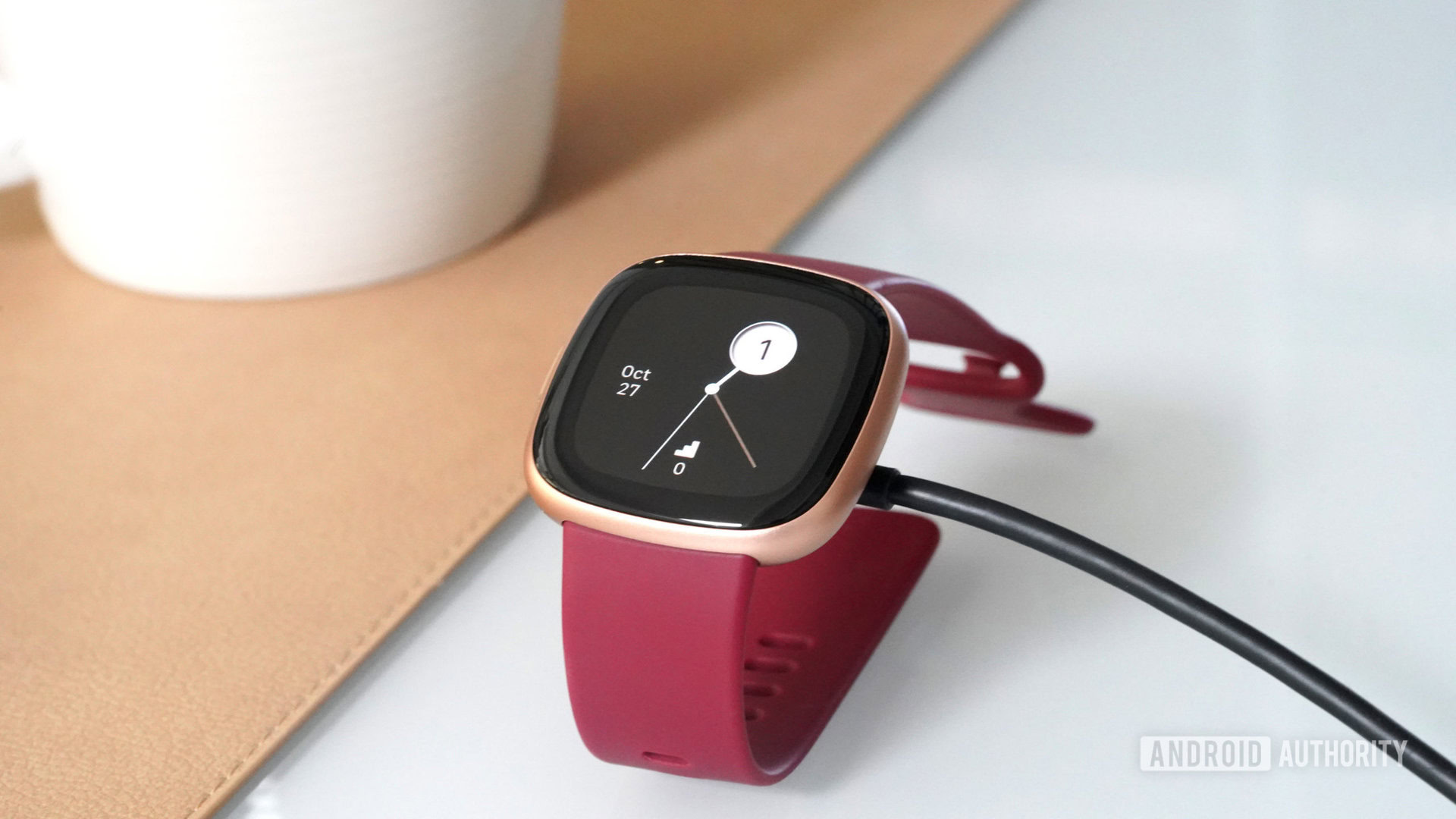
Kaitlyn Cimino / Android Authority
What drives me up the wall here is that Google didn’t even attempt to make the Pixel Watch line much better than the Sense. If Fitbit, pre-Google, can make something like the Sense, then Google — one of the wealthiest, most talent-rich tech organizations on the planet — can make a Pixel Watch that surpasses it. Instead, Google took the easy way out. It bought Fitbit, cut the Sense/Versa lines off at the knees, and then said, “Hey, check out this Pixel Watch.” It’s cheating, frankly.
Will you miss the Fitbit Sense line?
2 votes
What upsets me even more is thinking about what the Pixel Watch line might have been if Google had given the reins to Fitbit. The original Sense was proof that Fitbit could make something truly wonderful, and I only assume that Fitbit’s original plans for the Sense 2 involved keeping all the features of the original, but making it better. If Google just repackaged that hypothetical Fitbit Sense 2 into a smartwatch case, the original Pixel Watch would have been off the chain. Think about it: the beautiful body of a Pixel Watch with the fitness tracking and battery life of a Fitbit. Bring over some new third-party apps, introduce a few new watch faces, and boom: you have a killer smartwatch. I’d buy that in a heartbeat.
Ah, but then Google wouldn’t have a vehicle for Wear OS, which is what it really wanted. I don’t know about you, but I don’t care what operating system is on my watch. As long as it does everything I need and can last for multiple days on a charge, I’d take anything.
Once again, I really love my Pixel Watch 3. Google has made a fabulous smartwatch, and I don’t want to seem bitter. I just can’t ignore that it’s only as great as it is because Google nerfed Fitbit to avoid competing with itself. What does that say about Google? And what does that say about its continuing urge to dismantle the Sense/Versa line to push people towards its flagship smartwatch?
Now, if you’ll excuse me — I need to charge my watch.





